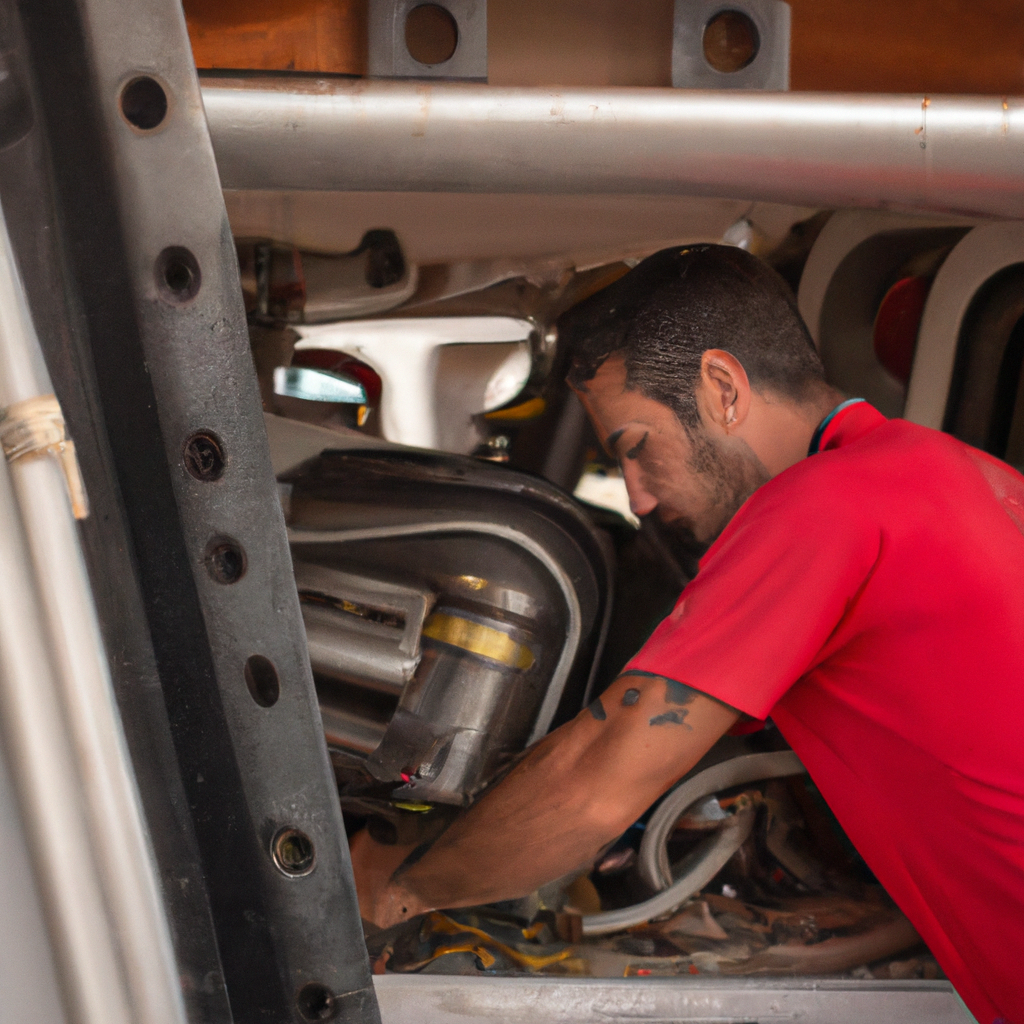Complete Guide to Repair and Maintenance of Nautical Equipment: From the Basics to Preventing Breakdowns

Marine life, whether recreational or professional, relies heavily on the functionality and efficiency of marine equipment. Ranging from boat engines to navigation devices, these pieces of equipment are critical to ensuring the safety and effectiveness of offshore activities. However, like any other machinery, marine equipment is also prone to wear and tear, requiring regular and competent attention. In this article, we will explore in depth the art and science of marine equipment repair and maintenance. We will discuss the basics of repair, essential steps for routine maintenance, key techniques and tools in repair, and how preventing breakdowns through regular maintenance can extend the life of your equipment and ensure its reliability. Whether you are a seasoned sailor or a novice enthusiast, this article will provide you with the knowledge needed to keep your marine equipment in tip-top condition.
- 1. "Fundamentals of Nautical Equipment Repair"
- 2. "Routine Maintenance of Nautical Equipment: Essential Steps"
- 3. "Key Tools and Techniques in the Repair of Nautical Equipment"
- 4. "How to Prevent Common Breakdowns in Nautical Equipment through Regular Maintenance"
1. "Fundamentals of Nautical Equipment Repair"
Understanding the basics of marine equipment repair is crucial to ensuring the safety and optimal functioning of any vessel. This task encompasses a wide range of activities, from engine and electrical system repair to deck, hull, and navigation systems maintenance. Firstly, it is essential to have a solid understanding of the different parts of a boat and how they work together. An understanding of the materials used in boat construction is also required, as each material has different properties and requires different repair techniques. Additionally, the ability to diagnose problems through visual inspection and testing of systems is essential. Finally, regular preventative maintenance is a key part of marine equipment repair, as it can help avoid costly and potentially dangerous problems down the road.
2. "Routine Maintenance of Nautical Equipment: Essential Steps"
Routine maintenance of marine equipment is essential to ensure its proper functioning and prolong its lifespan. Essential steps include visual inspection of all components for signs of wear or damage. Moving parts should be regularly lubricated to reduce friction and prevent premature wear. Electrical systems should be checked to ensure all connections are secure and there are no signs of corrosion. In addition, regular engine maintenance is vital, including changing the oil, checking the fuel system, and cleaning the air filters. Last but not least, hull cleaning and maintenance are crucial to maintaining the boat's efficiency and preventing problems such as corrosion and the growth of marine organisms.
3. "Key Tools and Techniques in the Repair of Nautical Equipment"
The tools and techniques used in marine equipment repair are vital to ensure an effective and long-lasting solution. Key tools include various sized spanners, screwdrivers, pliers, hammers and power drills, as well as more specialised tools such as depth gauges, screw extractors and electronic diagnostic tools. The use of appropriate techniques is also essential. For example, correctly diagnosing problems is essential to avoid unnecessary or incorrect repairs. This may involve the use of visual inspection techniques, performance testing and electronic diagnostic testing. Another important aspect is carrying out repairs safely and efficiently, which may require techniques such as welding, sanding and painting, as well as safe working practices and the use of personal protective equipment.
4. "How to Prevent Common Breakdowns in Nautical Equipment through Regular Maintenance"
Preventing common breakdowns in marine equipment can be achieved through regular and rigorous maintenance. This includes regularly inspecting engines for signs of wear, checking oil levels and fuel systems, and cleaning and replacing air filters. Additionally, it is crucial to pay attention to electrical systems, as failures in these can cause serious problems. Batteries should be checked and charged regularly, and cables and connections should be inspected for corrosion or damage. For sailboats, sails and ropes should be checked and repaired or replaced when necessary. By following a preventative maintenance schedule, you can minimize the risk of unexpected and costly breakdowns, thereby ensuring the safety and performance of your boat.
